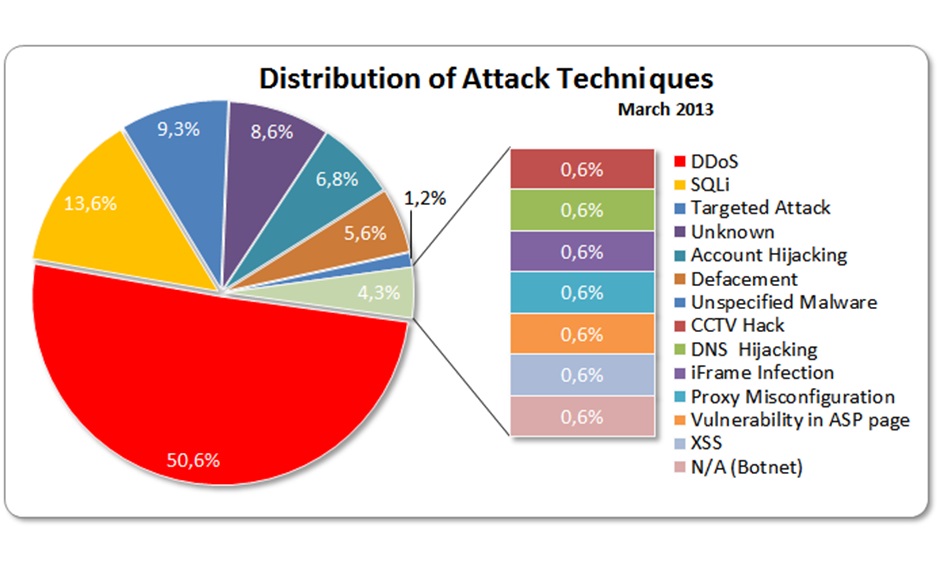Cyber Security Threats and Countermeasures in Digital Age

DOI:
https://doi.org/10.54060/a2zjournals.jase.42Keywords:
Cyber threats, Prevention strategies, Cybercrime statistics , Privacy issuesAbstract
Due to the quick development of technology, the digital age has brought with it ad-vantages never before seen, but it has also opened the door to a flood of new cyber security concerns. This study offers detailed analysis of the cyber threat environment in the digital era along with suggestions for doable protective measures. The report outlines a number of cyber threats, including malware, phishing scams, ransomware, and insider threats. It looks at the continually evolving tactics employed by cyber-criminals, such as social engineering, zero-day flaws, and sophisticated persistent threats. The growing hazards associated with cutting-edge technology, such as the Internet of Things (IoT), cloud computing, and artificial intelligence, are also exam-ined. The importance of a multi-layered security strategy to counter these attacks is emphasized in the article. Among the important preventative measures that are presented are robust network security, secure coding methodologies, user awareness training, encryption, access controls, and incident response planning. It also high-lights how crucial it is for people, businesses, and governments to collaborate in or-der to confront cyber risks. By using the recommended solutions and promoting a culture of cyber security awareness, people and organizations may navigate the dig-ital age with confidence and protect themselves from the continuously evolving environment of cyber risks.
Downloads
References
R. J. Anderson, “Why information security is hard-an economic perspective,” in Proc. of the 17th Annual Computer Se-curity Applications Conference, 2001, pp. 358–365.
D. Kumar and D. S. Chauhan, “An Analysis of Ransomware and its Defense Mechanism,” in 2020 International Confer-ence on Computing, Power and Communication Technologies (GUCON), IEEE, 2020, pp. 24–29.
F. Rashid, “WannaCry Ransomware: Everything You Need to Know,” Infosecurity Magazine, 2017.
S. Kumar and P. Swarup, “A Comprehensive Study on Cyber Security and its Challenges,” International Journal of Com-puter Applications, vol. 180, no. 41, pp. 1–4, 2018.
K. K. R. Choo et al., “The Effect of Internet Security Breach Announcements on Market Value: Capital Market Reactions for Breached Firms and Internet Security Developers,” in Proceedings of the 2019 ACM SIGSAC Conference on Computer and Communications Security, vol. 80, M. D. Cavelty, Ed. Blyth, A. J., 2004.
C. Herley, “So long, and no thanks for the externalities: The rational rejection of security advice by users,” in Proceed-ings of the 2019 ACM SIGSAC Conference on Computer and Communications Security, 2019, pp. 703–720.
H. Cavusoglu, B. Mishra, and S. Raghunathan, “The effect of internet security breach announcements on market value: Capital market reactions for breached firms and internet security developers,” Int. J. Electron. Commer., vol. 9, no. 1, pp. 70–104, 2004.
F. Rashid, “Cybersecurity Risks and Mitigation Strategies for Remote Work. The Information Systems Security Association (ISSA),” Journal, vol. 18, no. 5, pp. 16–19, 2020.
K. Dube and A. Dasgupta, “Threat of Cyber Attacks and Strategies for Security: A Literature Review,” International Jour-nal of Advanced Computer Science and Applications, vol. 5, no. 8, pp. 143–149, 2014.
S. Russo, R. Oliveira, and I. Ramos, “The Role of Artificial Intelligence in Enhancing Cybersecurity,” International Journal of Artificial Intelligence, vol. 19, no. 1, pp. 92–107, 2021.
D. S. Kim, J. H. Kim, and H. S. Kim, “A Study on the Security Threats and Countermeasures in the IoT Environment,” In-ternational Journal of Distributed Sensor Networks, vol. 11, no. 5, 2015.
S. Buchholz, P. Eugster, and S. Metzger, “Cyber-Physical Attacks and Defenses in Smart Grids: A Survey,” IEEE Transac-tions on Industrial Informatics, vol. 15, no. 1, pp. 20–27, 2019.
T. Stamati, K. E. Psannis, and Y. Ishibashi, “A Comprehensive Survey of Internet of Things (IoT) Security Using Machine Learning,” IEEE Access, vol. 5, pp. 12450–12473, 2017.
D. Beyer and T. Holt, SANS Security Awareness Report: Bottom-line Benefits of Security Awareness Training. SANS Insti-tute. 2017.
Y. Acar, M. Backes, S. Fahl, D. Kim, M. L. Mazurek, and C. Stransky, “You get where you’re looking for: The impact of in-formation sources on code security,” in 2016 IEEE Symposium on Security and Privacy (SP), 2016.
S. Baki and R. M. Verma, “Sixteen years of phishing user studies: What have we learned?,” IEEE Trans. Dependable Secure Comput., vol. 20, no. 2, pp. 1200–1212, 2023.
H. Mustafa, “Digital social engineering threatens cybersecurity,” International Journal of Innovative Technology and Ex-ploring Engineering, vol. 9, no. 1, pp. 4016–4025, 2019.
F. M. J. Teichmann, B. S. Sergi, and C. Wittmann, “The compliance implications of a cyberattack: a distributed denial of service (DDoS) attack explored,” Int. Cybersecur. Law Rev., vol. 4, no. 3, pp. 291–298, 2023.
A. Bhardwaj, “Cybersecurity incident response against advanced persistent threats (APTs),” in Security Incidents & Re-sponse Against Cyber Attacks, Cham: Springer International Publishing, 2021, pp. 189–209.
B. Bakic, M. Milic, I. Antovic, D. Savic, and T. Stojanovic, “10 years since Stuxnet: What have we learned from this myste-rious computer software worm?” in 2021 25th International Conference on Information Technology (IT), 2021.
M. Akbanov, V. G. Vassilakis, and M. D. Logothetis, “Ransomware detection and mitigation using software-defined net-working: The case of WannaCry,” Comput. Electr. Eng., vol. 76, pp. 111–121, 2019.
“Cybersecurity incident handling: A case study of the equifax data breach,” Issues in Information Systems, 2018.
Z. Aivazpour, R. Valecha, and R. Chakraborty, “Data breaches: An empirical study of the effect of monitoring ser-vices,” SIGMIS Database, vol. 53, no. 4, pp. 65–82, 2022.
“Secure mechanism applied to big data for IIoT by using security event and information management system (SIEM),” Int. J. Intell. Eng. Syst., vol. 15, no. 6, pp. 667–681, 2022.
A. Jones and O. Khan, “Surviving NotPetya: Global supply chains in the era of the cyber weapon,” in Cyber Security and Supply Chain Management, WORLD SCIENTIFIC, 2021, pp. 133–146.

Downloads
Published
How to Cite
CITATION COUNT
Issue
Section
License
Copyright (c) 2021 Manikant Thakur

This work is licensed under a Creative Commons Attribution 4.0 International License.



























